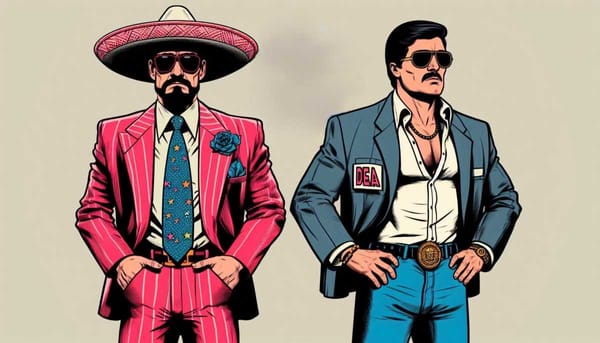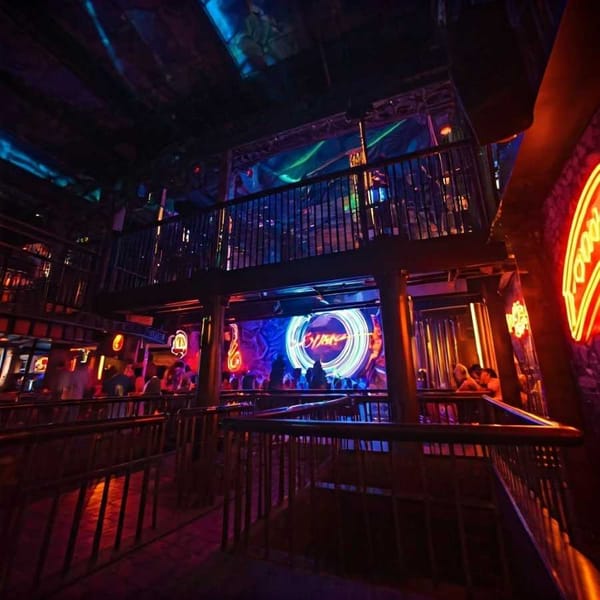What happened on October 2, 1968, in Mexico?
October 2, 2022, commemorates the 54th anniversary of the 1968 student massacre in Tlatelolco, in the Plaza de las Tres Culturas, where more than 300 people died, mostly students, and to date the exact number of dead and wounded is unknown.

Before the celebration of the Olympic Games in Mexico, a student movement was walking the streets of the capital, until an unfortunate event, so, in the framework of the 53 years, we make a recount of what happened on October 2, 1968, in Mexico. The Tlatelolco massacre was a turning point in the country's history, as more than 300 people were murdered, according to the National Human Rights Commission.
Before that day, there were some confrontations between the Grenadier Corps and young people who came out to demand their rights. Although the president of that time, Gustavo Díaz Ordaz, justified the presence of the Mexican Army in the Plaza de las Tres Culturas on October 2. The deployment of troops would have been to guard the surroundings of the capital, days before the inauguration of the Olympic Games, which for the first time would be held in the Mexican Republic.
How did the Tlatelolco 68 massacre occur?
In the face of the repression by the Díaz Ordaz government against the youth, a student movement emerged, contained until the second day of October. Days before, a march was called for that day by the National Strike Committee. However, first, a rally was to be held in the Plaza de las Tres Culturas, in Tlatelolco, and then a march to Casco de Santo Tomás. It is worth mentioning that the establishment belonging to the National Polytechnic Institute was guarded by military forces.
Statement of demands
That day, the young people presented six demands as a consequence of human rights violations by the authorities. They demanded freedom for political prisoners, the disappearance of the Grenadier Corps, and the repeal of Article 145 of the Federal Penal Code. They also demanded the accountability of the officials responsible for the bloody events and compensation for the families of the victims who had died up to that date.
However, around 6:00 p.m., from the third floor of the Chihuahua building, a speaker announced the cancellation of the demonstration. Only minutes later, a helicopter flew over the Plaza and launched a flare that would start an intense shooting and great confusion on the part of the students who were just leaving the place. According to the archives, four green flares were the signal for the police and grenadiers who were hiding in the surrounding area to shoot at the people.
Aggressions by the Olimpia Battalion
After several investigations, it became known that on that "October 2nd will not be forgotten" the army and the so-called Olimpia Battalion carried out "Operation Galeana". The forces dressed as civilians but distinguished themselves from the others by wearing a white glove or handkerchief on their left hand. In this way, they infiltrated the Chihuahua building, where the speakers of the student movement, as well as several journalists, were located. The objective of this operation was to arrest the members of the National Strike Committee, an organization created on August 2, 1968, by students from schools on strike.
Especially from UNAM, National Polytechnic Institute, Colegio de México, Universidad Iberoamericana, and Escuela Normal de Maestros, among others. While the students, teachers, and other civilians fled, they also tried to take refuge inside the apartments. But the soldiers entered each one of them, even without a warrant. Although there were hundreds of fatalities that night, in reality, the total number remains unknown.
The emergence of the student movement
It is important to highlight that everything started after the fight that arose on July 22nd of the same year, between students of vocational 5 and Isaac Ochoterena private high school, after a soccer game. But, as a way of revenge, on July 23, the polytechnic students returned to the school facilities, located in La Ciudadela, where the Grenadier Corps finally intervened.
After that meeting, protests began against the abuse of authority by the military forces, in which even the teachers joined in. The day after the massacre in Tlatelolco, the government of Gustavo Díaz Ordaz did not fully recognize what happened on October 2, 1968, because even the newspapers did not tell the magnitude of the events, it was only later that little by little the truth was revealed after investigations.




